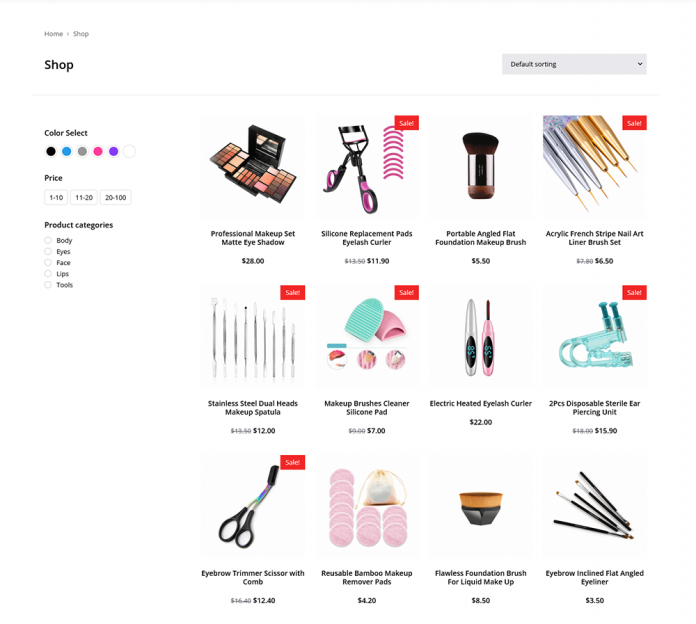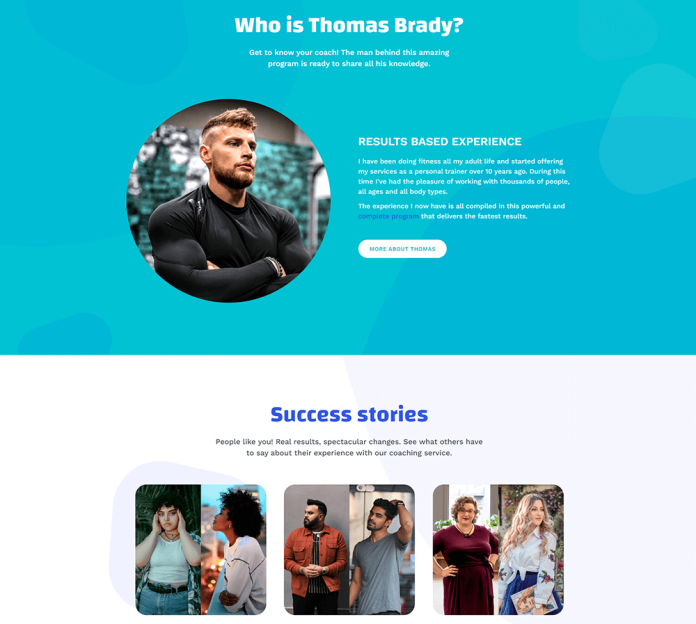PPC and SEO: Marketers frequently have search engine optimization (SEO) and pay-per-click (PPC) marketing in their web traffic arsenal, but they seldom employ the two together. They either swear that search engine optimization will produce long-term benefits and traffic, or that PPC will produce spectacular results in a short period of time.
Can they, however, collaborate?
In a nutshell, the answer is an emphatic yes.
PPC, like SEO, can improve the performance of the great content your team has worked hard to create by driving traffic, generating leads, increasing sales, improving online exposure, and increasing views.
The advantage of integrating PPC and SEO methods is that you may get more quality leads to your content right away. This allows you to evaluate what is and isn’t working more quickly, such as what language connects best with clients and future customers.
Rather than abandoning PPC in favor of SEO, use it to supplement your content marketing strategy and performance using these four approaches.
Read more on International SEO, Nofollow vs. Dofollow Links
4 Strategies for Using PPC and SEO in Conjunction for Better Results
1. Use Pay-Per-Click Ads to Inform Your Content Strategy
Your marketing and content team has most likely built a detailed keyword strategy for your blog and on-page content based on keywords related to both your product and your industry or customer base.
However, relying solely on SEO limits you to a slow trial-and-error process to determine which target phrases lead to conversions down the line. This is not only time- and labor-intensive, but it might also miss opportunities to reach critical customers where they spend the most time: social and search. PPC allows you to reach clients through various channels, providing you with a faster, more reactive testing ground for keywords.
Americans, in fact, spend roughly 2.5 hours every day on social networking sites, where they view dozens of advertisements tailored to their own and their friends’ interests. On the search side, the average internet user searches Google 3-4 times every day. Ad clicks outweigh clicks on top organic listings by roughly a factor of two.
By using PPC advertisements and conducting research on what clients respond to best on platforms such as Google, you can learn from effective PPC keywords, which can increase click-through rates by 15% >. Then, apply these insights to your SEO strategy and create more relevant content.
These three tips will help you get the most out of a PPC-informed content strategy:
- A/B testing should be done by running multiple ads for the same content with varying headlines to see which keywords and copy resonate the most in ads. Update the content title at the end of the test to reflect the best-performing ad. You can experiment with different landing pages and their content to gain even more knowledge.
- Visit the “Keywords” report for each campaign you’re running in your Google Ads account. This is where you’ll find the keywords you’ve chosen for the campaign. Navigate to the report’s “Search Terms” section to learn what people are searching for when they encounter your ad. Download this report and use it to help you decide which phrases or keywords to include in your SEO material.
- Use commercial purpose keywords (words like buy, discount, coupon, trial, and so on) to entice clients to interact with certain products and landing pages, thereby moving them down your sales funnel. Use the same keywords in CTAs on the page you’re advertising to keep clients moving down the sales funnel and improve SEO.
2. Use Pay-Per-Click Ads to Guide Customers Through a Content Journey
A watertight sales funnel is the key to conversion success, and great content plays a crucial part in moving buyers through their purchase journey. However, relying solely on organic traffic to bring clients to convincing content will starve your funnel and fail to capture the attention of buyers who are ready to buy right now.
Combine a solid SEO strategy—one that combines competitive keywords and well-formatted, topical on-page content—with PPC to encourage buyers to check your content and items more frequently than they would otherwise.
This provides you with additional touchpoints along the customer journey to guarantee that purchasers see material that encourages them to utilize your product or service.
Using product- and audience-specific advertising to direct customers to personalized landing pages is a terrific method to improve consumer experience with your content through a dual PPC and SEO strategy. To offer a consistent experience, these sites contain headlines, support messages, and CTAs that correspond to the ad they clicked on.
3. Use PPC Ads to Target Customers for Content and Increase SERP Traffic
Though it may appear superfluous to pay for an ad on a SERP where your content already ranks, doing so can enhance brand awareness, CTRs, and the likelihood that shoppers will remember your products and services after they leave the results page.
Users are more inclined to click on top-of-the-page results and paid adverts than on results further down the page. In reality, the top result often obtains 30% of clicks. This rate diminishes as you go down the page, with result #3 receiving only 10% of the hits.
By adding two listings per search result page for your company, you build a passive brand affinity that boosts your repeat business’s click-through rate (CTR). This can ensure that when buyers are ready to buy, your organization is at the top of their minds among those who have already seen these several listings.
Multiple SERP results encourage new customers to click on your results more quickly as well.
This strategy can be supplemented by developing tailored content with the headline and CTA matching the ad, preventing bounces when customers are greeted with a message that does not connect with the content that drew them in.
4. Use PPC and social media ads to quickly increase traffic and promote content
Quality SEO content will not result in an increase in visitors overnight. PPC and social media marketing, on the other hand, can.
PPC marketing enables you to boost traffic to your site almost instantly by targeting your ideal customers where they—and their communities—spend the majority of their online time.
This is especially handy when you’re launching a new website, a new blog, or introducing a new product.
Consider the following seven ways to promote content using ads:
- Utilize Facebook’s Boost Post tool to promote material that has already garnered clicks and engagement in order to capitalize on its reach and momentum.
- Don’t only target your consumers on social media; instead, design ads that focus on their friends or look-alike groups.
- Use LinkedIn Sponsored Updates, which function similarly to Facebook Boost, to promote long-form content and specialized landing sites. LinkedIn works especially effectively for B2B companies—in one case study, a B2B SaaS company reported a nearly 6x greater ROI on LinkedIn promoted articles than on AdWords.
- Create a remarketing campaign based on your content using Facebook Pixel. Track who reads your blog posts and then advertise to them when new articles are published to urge them to make a purchase or read more of your material. When you’re running largely bottom-of-the-funnel advertising, incorporating new content into your social media remarketing campaigns helps reduce ad fatigue.
- Promote content upgrades (such as whitepapers, webinars, or premium guides) to people who visit your blog using Facebook Pixel to encourage them to engage with your company even more.
- Create 5-6 separate tweets on Twitter, each with a different headline advertising the same material. Share these as part of a campaign, and then use the best performer to choose the best long-term title for the page in question.
- Try a paradoxical technique to increase traffic in search marketing campaigns by developing ads that contain negative, protest keywords related to your product, service, and industry. Use them to dispel myths and demonstrate how your product or service stands out from the crowd.
PPC advertising begins to appear before SEO, increasing brand awareness for the keywords you want to rank for and promoting client involvement from the start. Utilize the combination of these techniques to form a marketing pair that can’t go wrong.
PPC and SEO can help you master content and search
Using PPC advertisements to supplement your SEO content marketing plan will increase your visibility, lead generation, and sales. However, if you don’t have a good strategy in place for both SEO and PPC, you’ll be splitting work.
You May also like sitescorechecker, Pro Site Ranker







